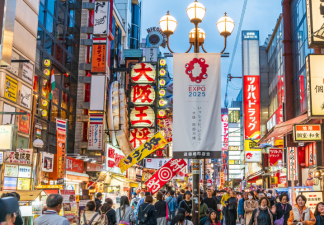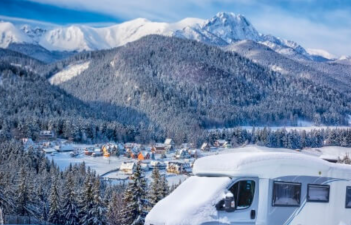Winter Journeys: Best Snow & Northern Lights Routes
Chasing the mysterious "Blue Night Northern Lights" will transport you to a natural wonder shrouded in mystery. This breathtaking natural phenomenon, with its unique light and colors, blooms across the icy Arctic night sky, adding an unparalleled sense of mystery to your travels.
Particularly during the extremely cold season, you'll have the opportunity to experience the visual feast of the Northern Lights amidst the vast, snow-covered wilderness.
With the arrival of extreme cold, the lingering glow of the glaciers of the Arctic Circle presents a magnificent natural spectacle. This pristine northernmost region, glaciers, snowfields, and the aurora borealis combine to create a dreamlike world.
Immersed in this pristine natural landscape, you'll experience unprecedented tranquility and awe, and witness the unparalleled wonders of nature.
- Tromsø, Norway
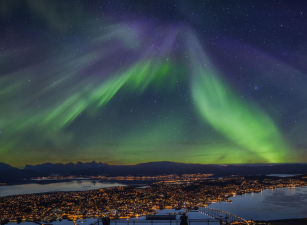
For those who fear the cold, Tromsø, steeped in Nordic charm, is a top choice for viewing the Northern Lights. Influenced by the warm North Pacific Current, the average nighttime temperature here in winter is approximately -5°C. Tromsø, one of Norway's northernmost cities, is widely considered the best place to see the aurora borealis. It's the largest city within the Arctic Circle and, due to its unique northern latitude, is also known as the "Gateway to the Arctic."
Snowcapped mountains surround the town, and when the aurora appears, everything seems to suddenly dim.
Best Observation Time
From mid-September to early April each year, many tourists, photographers, and astronomy enthusiasts from around the world flock to Tromsø to chase the aurora borealis.
- Finland - Lapland
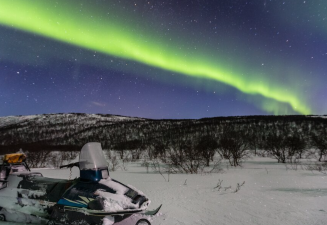
Once named "The Best Country to Travel" by Lonely Planet, Finland boasts free highways, vast territory, and some routes experience no traffic jams for even 10 years.
In northernmost Lapland, the average chance of seeing the aurora on a winter night is almost once every two nights, making it undoubtedly Finland's best aurora viewing spot.
Best Observation Time
From September to March, on clear nights, the aurora borealis can be seen almost every other day. A dark, clear sky provides the perfect backdrop for admiring the magnificent aurora borealis.
- Iceland - The Entire Region
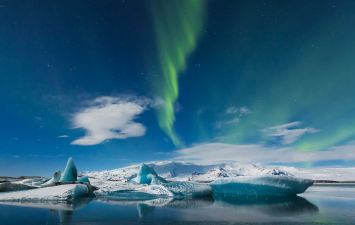
Fantasy films like "Interstellar," "Prometheus," and "Game of Thrones" all took place in Iceland, and many people's first impression of the country is of course the Icelandic landscape.
Iceland is the only country in the world whose entire territory lies within the aurora belt.
In Iceland, you can gaze at the Milky Way from a hot spring beneath the snowy mountains, explore enchanting blue ice caves, and even see volcanoes nestled in the snow. It's a true culmination of ice and fire, earning it the nickname "Arctic Fire Island."
Best Time to Observe the Northern Lights
Local aurora tours in Iceland typically run from September 1st to April 15th. In November, Iceland, nestled within the Arctic Circle, enters its "polar night," freeing the pesky sun from obstructing your view of the aurora.
- United States - Alaska
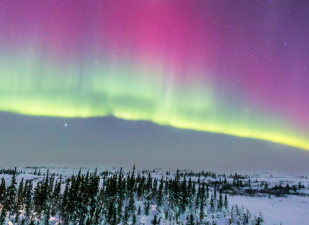
Lonely Planet once described Alaska as "If you want to see a different side of the world, go to Alaska to see the aurora."
With up to 240 days of opportunity to view the fantastical aurora each year, Fairbanks, the "Northern Lights Capital," is undoubtedly the best place to observe the aurora.
Best Observation Time
The Fairbanks aurora season lasts seven months, generally from late August to late April. The best viewing hours are generally from 10 PM to 2 AM. During periods of high solar activity, the aurora can last until 3 or 4 AM. Auroras can be seen in spring, autumn, and winter.
- Yellowknife, Canada
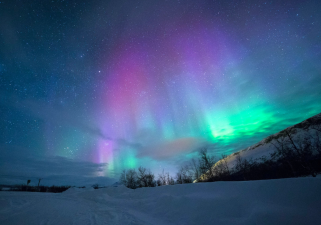
The renowned Yellowknife has been ranked by NASA as the best place in the world for aurora viewing.
The aurora can be seen over 200 days a year in Yellowknife, and with clear weather, there's a high probability of seeing it. Spend three days in Yellowknife and you have a 98% chance of seeing the aurora.
Best Observation Time
Mid-August to late September and December to April are prime viewing times for aurora viewing. The key to viewing the aurora is avoiding a bright moon, so the best time to see it is within the first five to six days of the Lunar New Year in September.

